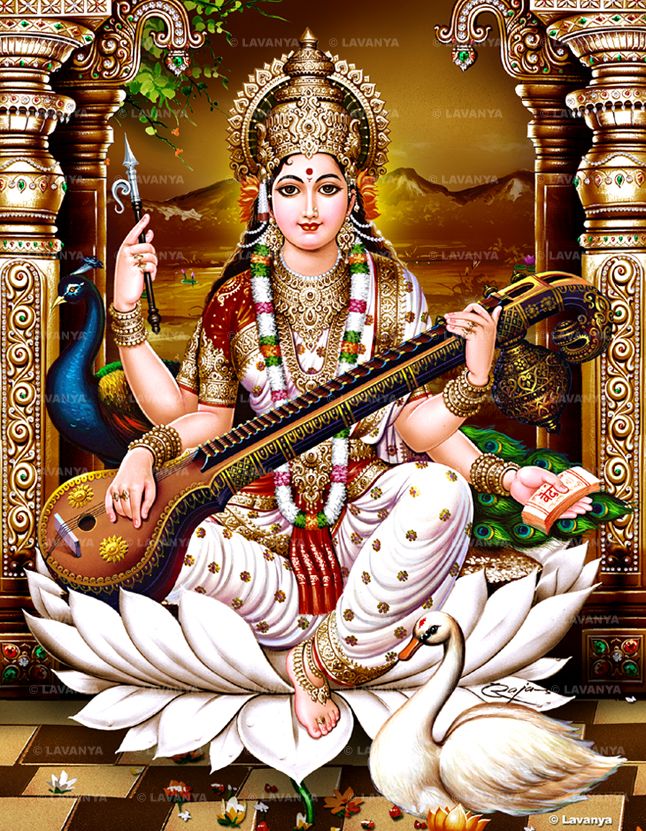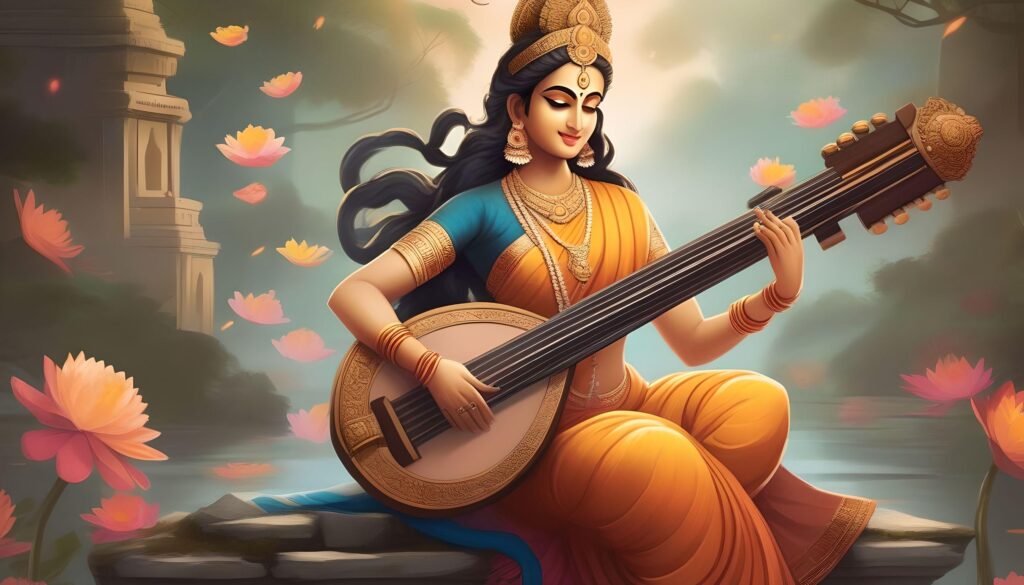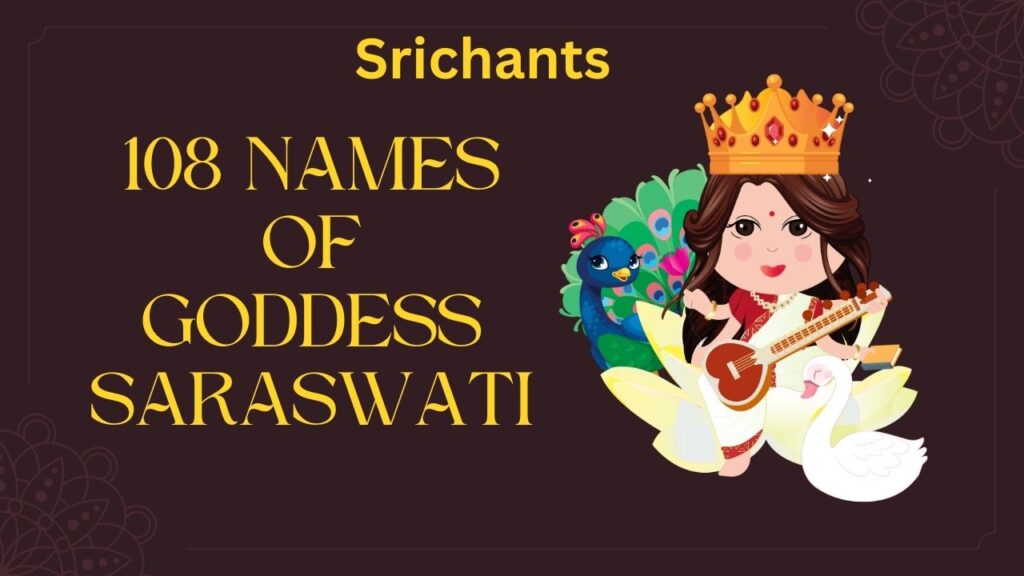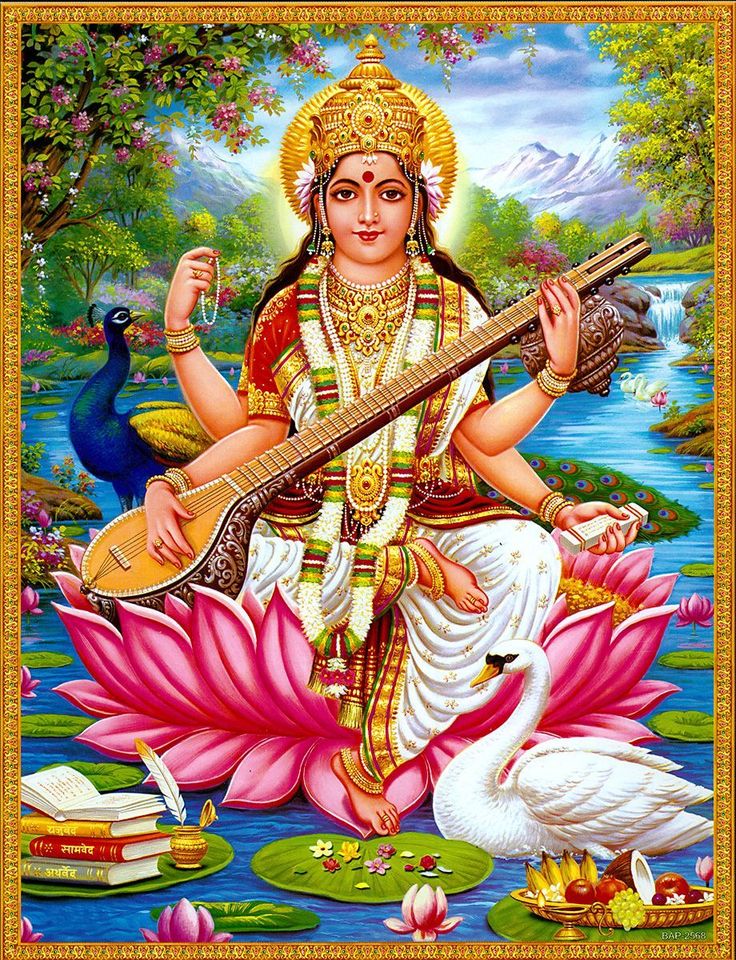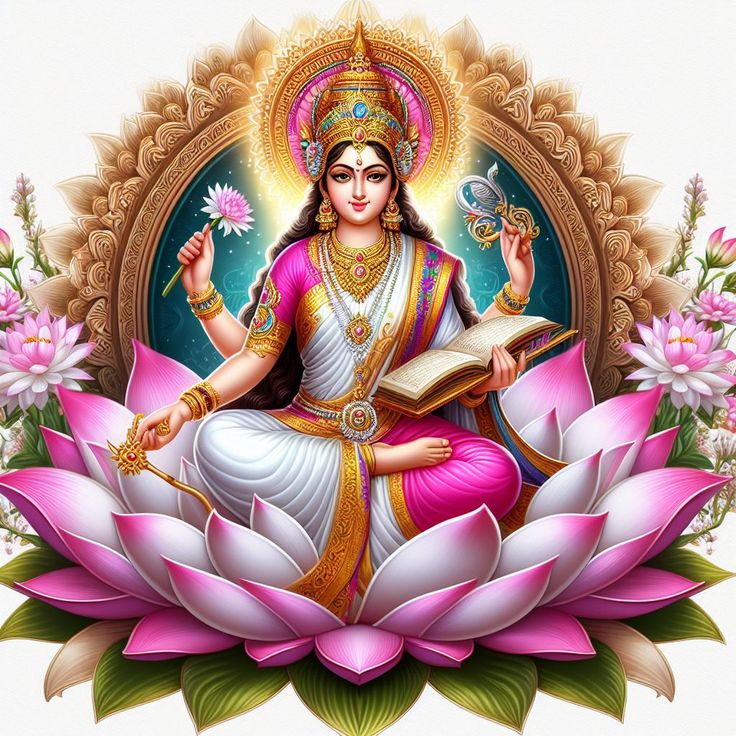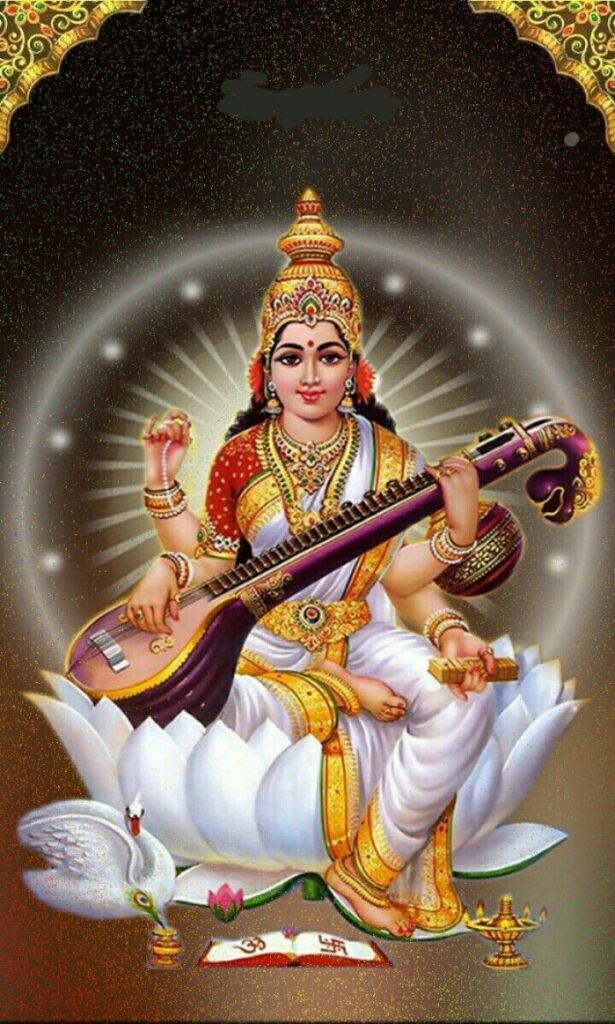Vasant Panchami: The Festival Dedicated to Goddess Saraswati
Introduction
The colorful Hindu celebration Vasant Panchami commemorates the beginning of spring and the season of fresh starts. Celebrated on the fifth day (Panchami) of the Magha month in the Hindu calendar, this fortunate event is a time-honored custom with great spiritual and cultural relevance all throughout the Indian subcontinent. From commemorating the God of love to worshiping the Goddess of knowledge and learning, Vasant Panchami spans a rich tapestry of customs and ideas handed down through the years.
The Value of Vasant Panchami
Celebrated the arrival of spring and the renewal of the natural surroundings, Vasant Panchami—also known as Shri Panchami or Saraswati Puja—is Whereas “Panchami” denotes the fifth day of the lunar fortnight, “Vasant” means “spring” in Sanskrit. The Goddess Saraswati, the celestial incarnation of knowledge, wisdom, and the arts, is thought to have had her birthday today.
Considered as a sign of the rebirth of life and the awakening of the land from the slumber of winter, spring arrives characterized by the blossoming of vivid yellow mustard blossoms. Considered lucky and connected with Saraswati, the yellow color is embraced by followers by means of yellow clothing and the presenting of yellow flowers and sweets.

Worshipping the Goddess Saraswati
The devotion of Goddess Saraswati, the consort of Lord Brahma and the representation of wisdom, learning, and the arts forms the core of Vasant Panchami celebrations. Seeking her blessings for scholastic success, artistic inspiration, and the development of wisdom, devotees all throughout India come to venerate the Goddess.
Early morning devotion of the Goddess starts the Saraswati Puja rites, when participants adorn her idol with white flowers including jasmine and lotus and present her sweets created of milk and white sesame seeds. Reflecting the vivid colors of the season, some areas also utilize yellow flowers such as marigolds and mustard blooms to decorate the Goddess’s temple.
The Legend of Kalidasa’s Transformation
One of the most well-known legends connected with Vasant Panchami is the one around the eminent Sanskrit poet Kalidasa. Traditionally, Kalidasa was a stupid guy who was duped into wedging a princess called Vidyottama, known for her brilliance and academic ability.
Kalidasa, feeling guilty and depressed, was about to take his life when the Goddess Saraswati showed up before him and told him to dip in a nearby river. Rising from the sea, Kalidasa changed; he was given great knowledge and insight and went on to become of the most revered poets in Sanskrit literature.
This myth emphasizes the concept that Vasant Panchami is a period when the Goddess Saraswati bestows her blessings upon people who seek her favor, therefore giving them the gift of knowledge and creative inspiration.
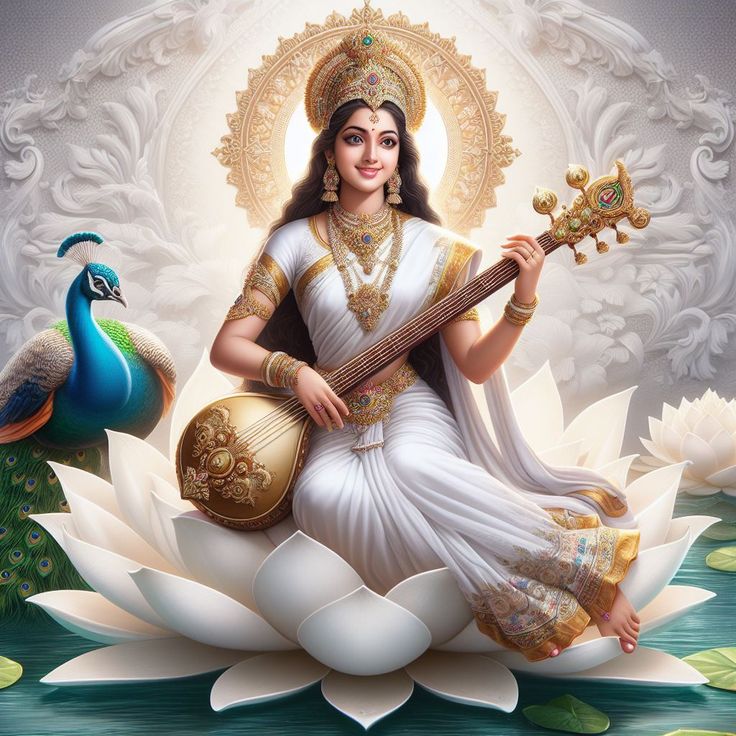
honoring the God of Love, Kamadeva
Furthermore important in the context of the Hindu god of love, Kamadeva, is vasant panchami. Hindu legend holds that Kamadeva, the holy form of passion and desire, was assigned to rouse Lord Shiva’s love for his consort, Parvati on this fortunate day.
According to the narrative, Shiva had entered intense meditation following the death of his wife, Sati, and Parvati’s reincarnation, resolved to win Shiva’s love. Using his enchanted arrows to rouse Shiva’s passion at the behest of the other gods, Kamadeva was crushed to ashes by the third eye of the enraged god. Later on, while in a disfigured form, Shiva later turned back and brought Kamadeva back to life as the everlasting spirit of love and desire.
This story emphasizes the concept that, when the earth wakes from the cold of winter, Vasant Panchami is a time when the natural world and human hearts are filled with the vitality of love and romance.
Honoring the Sun God, Surya
Apart from the respect of Goddess Saraswati and Kamadeva, Vasant Panchami also has importance for the devotion of the Sun God, Surya. Many on this lucky day celebrate the opening of the Deo-Sun Temple, a shrine honoring Surya in the Indian state of Bihar.
Considered as a symbol of knowledge, spiritual illumination, and the conclusion of the winter season, Surya—the celestial incarnation of the sun—is People are said to be inspired to come out from their winter isolation and seize fresh challenges and possibilities by his warmth and light, therefore rejuvenating the planet.
Devotees in Bihar and other regions of India worship Surya by songs, dances, and statue washing of the Deo-Sun Temple, therefore celebrating the Sun God’s part in bringing in the season of growth and rebirth.

Vasant Panchami Celebrations: Regional Variations
Although Vasant Panchami is observed with distinctive regional variations and customs, its basic themes and rituals are identical across India. These geographical variations capture the varied cultural fabric of the Indian subcontinent.
Vasant Panchami is observed in West Bengal, for example, as Saraswati Puja, with rich community-based celebrations including the immersion of Saraswati idols in water bodies. Seeking Saraswati’s blessings for scholarly and artistic achievement, the local artists and students dress in yellow and honor their books, musical instruments, and other tools of their trade.
Basant Panchami is the celebration observed in Punjab and Haryana; the day is highlighted by the happy activity of kite flying as people of all ages take to the heavens to greet the arrival of spring. The women of the area also engage in the traditional Giddha dance, therefore honoring the seasonal vitality.
Vasant Panchami’s Auspensiveness
Since the energy of the season is thought to be favorable for development and success, Vasant Panchami is seen as a lucky day to start fresh and businesses. From the opening of educational institutions to the start of significant initiatives, this celebration is considered as a perfect time to start fresh activities.
The day is especially important for the custom of “Vidya Arambha,” in which young children are formally exposed to the realm of education and learning under the blessings of Goddess Saraswati. This custom emphasizes the idea that Vasant Panchami is a time when the search of knowledge and wisdom is especially favored and urged.
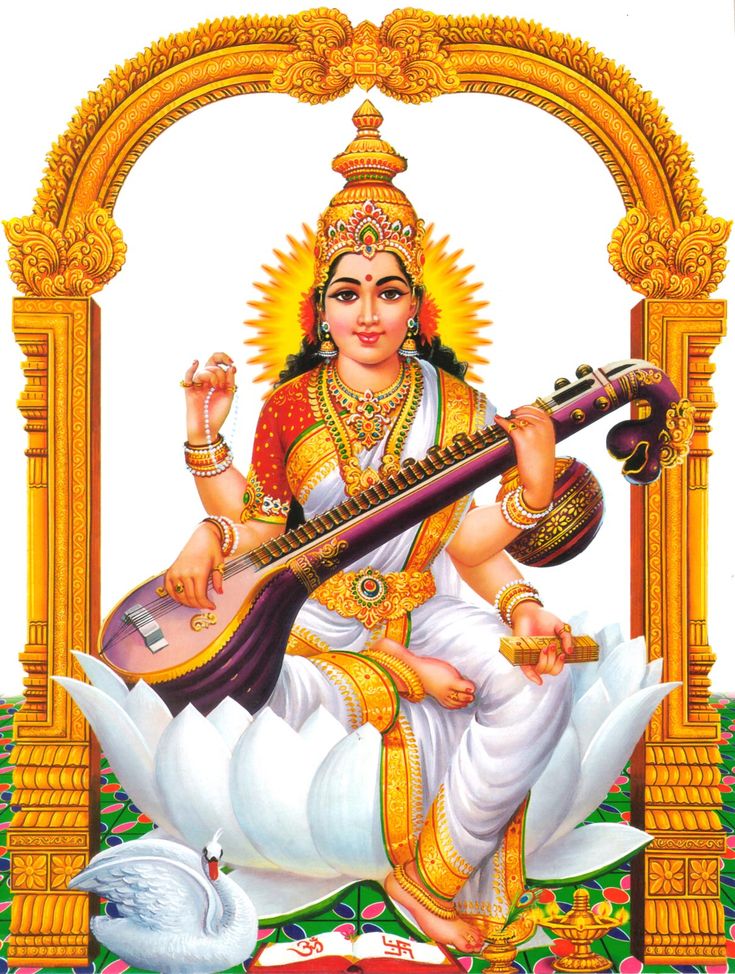
Observing Vasant Panchami Rituals
The observance of Vasant Panchami rituals varies across different regions and communities, but there are some common practices that are widely followed:
- Worshipping the Goddess Saraswati: Devotees gather to offer prayers, flowers, and sweets to the idol of Goddess Saraswati, seeking her blessings for knowledge, wisdom, and creative inspiration.
- Wearing yellow: The color yellow, associated with the vibrant mustard flowers of spring, is worn by devotees as a symbol of the season’s vitality and Saraswati’s divine presence.
- Distributing yellow sweets: Traditional sweets made with milk and white sesame seeds, often in the shape of flowers or other auspicious symbols, are prepared and shared among family and friends.
- Performing Vidya Arambha: Parents and teachers initiate young children into the world of education and learning, often by guiding them to write their first words or letters.
- Organizing community celebrations: In many regions, Vasant Panchami is celebrated as a community festival, with the installation of Saraswati idols in public pandals (temporary structures) and the organization of cultural programs and feasts.
Vasant Panchami: Its Spiritual Significance
For Hindu followers, Vasant Panchami has great spiritual relevance apart from the colorful cultural events. The celebration is understood as a period of spiritual rejuvenation and divine awakening inside.
Believed to bestow upon the followers the blessings of intellectual and creative illumination, the worship of Goddess Saraswati, the personification of knowledge, wisdom, and the arts, is The traditions of Kalidasa’s metamorphosis and the part Kamadeva played in igniting Shiva’s longing for Parvati support the conviction that Vasant Panchami is a period when the divine steps in to uplifting and inspire the human spirit.
Furthermore observed as a symbolic depiction of the enlightenment of the soul and the banishing of the darkness of ignorance is the festival’s relationship with the Sun God, Surya. The sun’s warmth and brightness are thought to inspire and revitalize the followers thereby enabling them to welcome fresh chances and challenges with fresh enthusiasm and will.
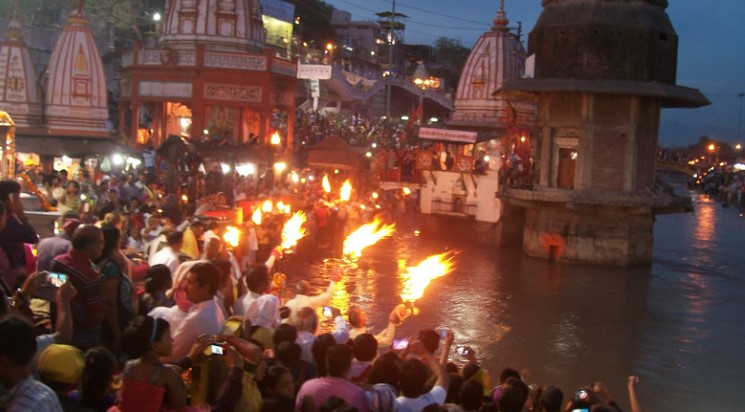
The Vasant Panchami Cultural Legacy
From ancient Hindu texts and legendary stories, Vasant Panchami has been a beloved custom on the Indian subcontinent for millennia. The festival’s ongoing heritage is evidence of the great spiritual and cultural value it offers for followers over many generations.
Passed down over the years, the vivid customs, rituals, and legends connected with Vasant Panchami have changed and adapted to the several regional and community-based activities that have developed over time. Apart from reflecting the unity and variety of the Indian civilization, this rich cultural tapestry attests to the eternal relevance of the fundamental festival themes of knowledge, wisdom, and the regeneration of the natural world.
The celebration of Vasant Panchami keeps inspiring and uplifting devotees as the world ushers in the spring season, reminding them of the endless possibility that resides inside the human spirit and the perpetual cycle of growth, rejuvenation.
Conclusion
Celebrated as the entrance of spring, the awakening of the divine, and the quest of knowledge and wisdom, Vasant Panchami is From the respect of Goddess Saraswati to the honoring of the God of love, Kamadeva, and the Sun God, Surya, this fortunate event spans a rich tapestry of cultural and spiritual traditions handed down through the years.
The vivid rituals, regional variances, and great relevance of Vasant Panchami attest to the festival’s continuing presence in the Indian subcontinent. The celebration of Vasant Panchami keeps inspiring and uplifting followers as the world comes out of the cold of winter, reminding them of the infinite possibilities that lay inside the human spirit and the continuous cycle of development and rebirth that penetrates the natural world.
#vasantPanchami #vasant #Panchami #basant #Panchami #basantPanchami #festival #sriPanchami
